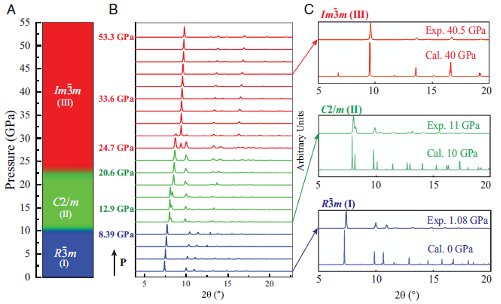Superconducting Material Stabilized at Ambient Pressure: A Step Toward Real-world Applications

As noted by the renowned material scientist Pol Duwez, almost all solids important to industry are in their metastable states. For example, since 1993, all record high superconducting transition temperatures have been achieved in materials under pressure, and thus in metastable states. Such extreme conditions present significant obstacles to exploring these metastable phases comprehensively and realizing the full promise of superconductivity. A solution is to stabilize them at ambient pressure.
Here a pressure-quench protocol, recently developed by the team, was used to successfully stabilize the pressure-induced superconducting states in Bi0.5Sb1.5Te3 at ambient pressure. This achievement marks a significant step toward maintaining at ambient pressure metastable states with desirable properties generated under extreme conditions for science and technology.
